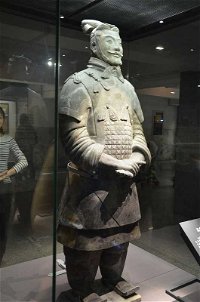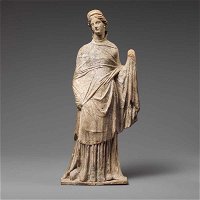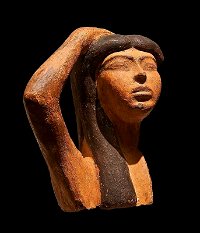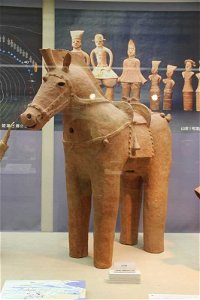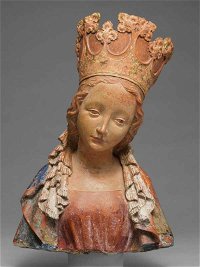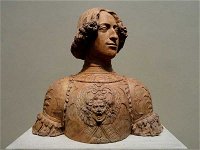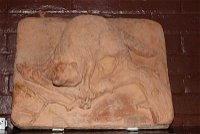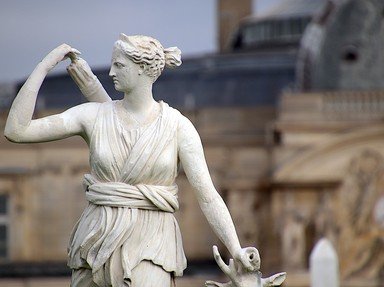
Terra Cotta Sculptures Trivia Quiz
Artists across the centuries and around the world have found this clay-based ceramic a valuable asset in producing works of art. Can you match each of these works with the country/civilisation with which its creator was associated?
by looney_tunes.
Estimated time: 3 mins.
- Home
- »
- Quizzes
- »
- Humanities Trivia
- »
- Art
- »
- Sculpture
